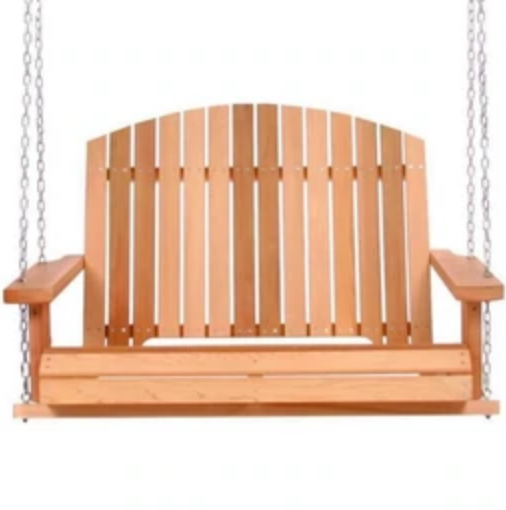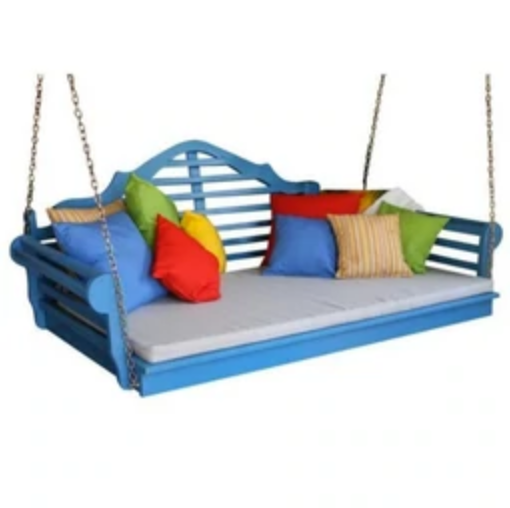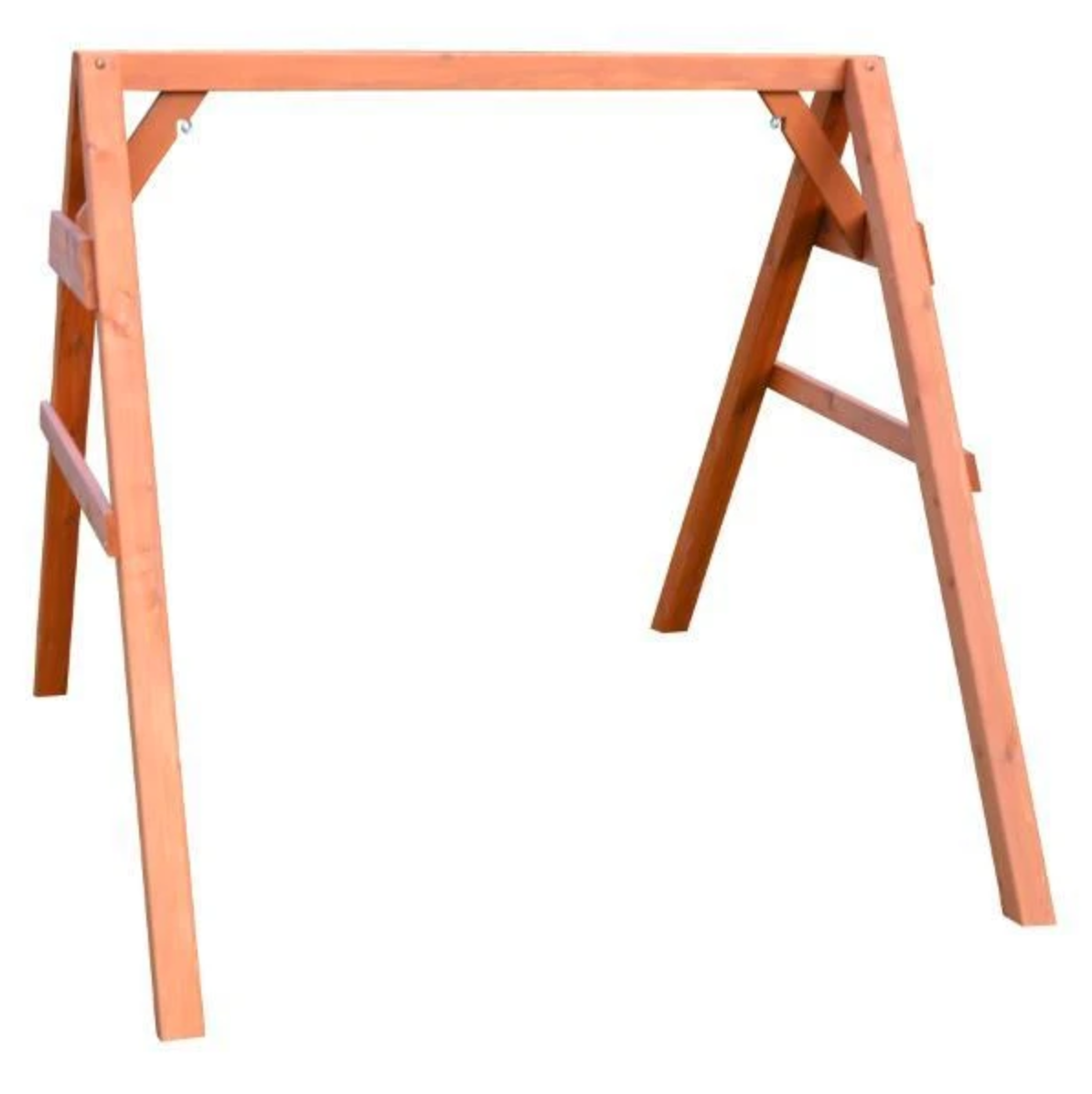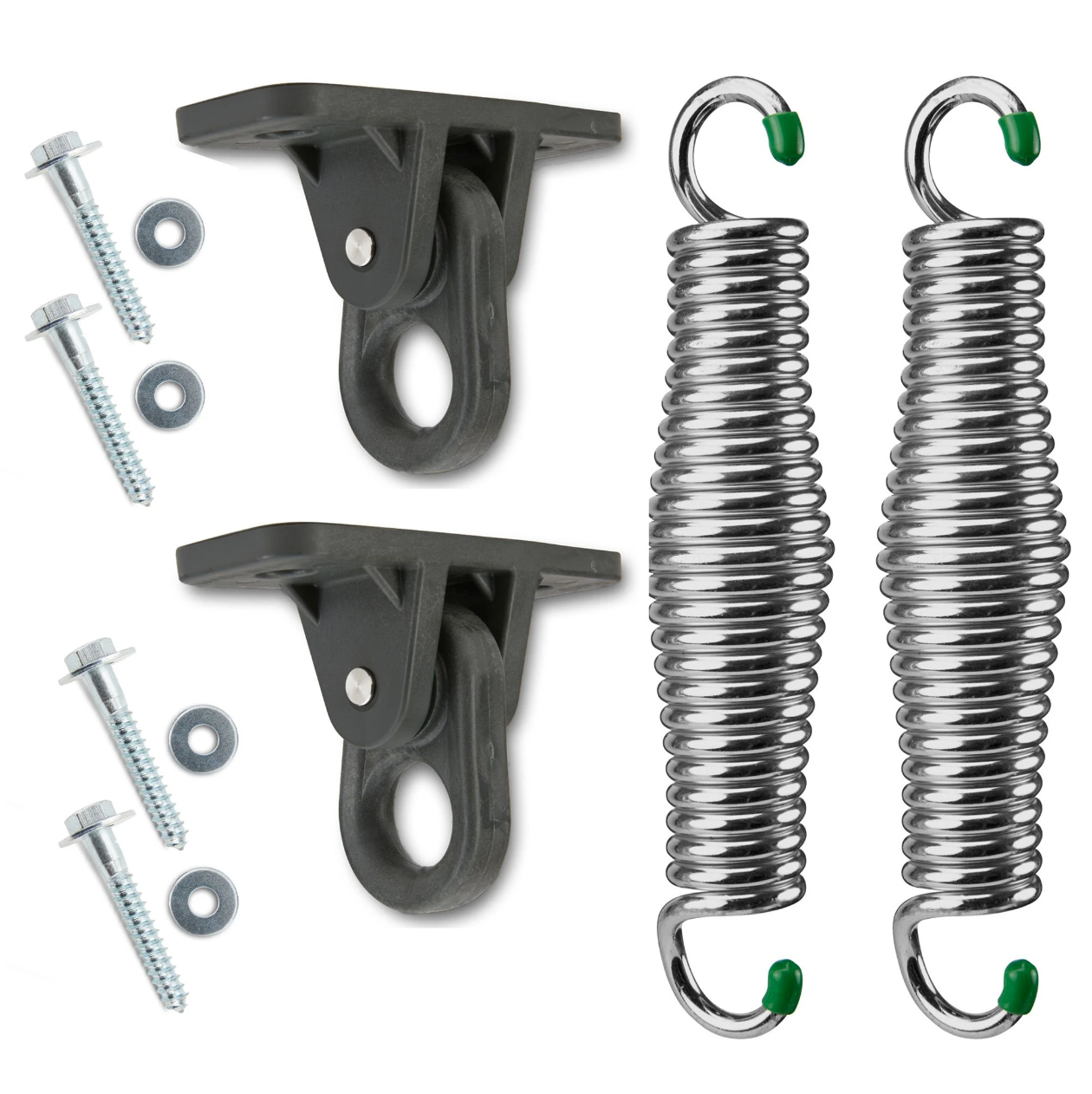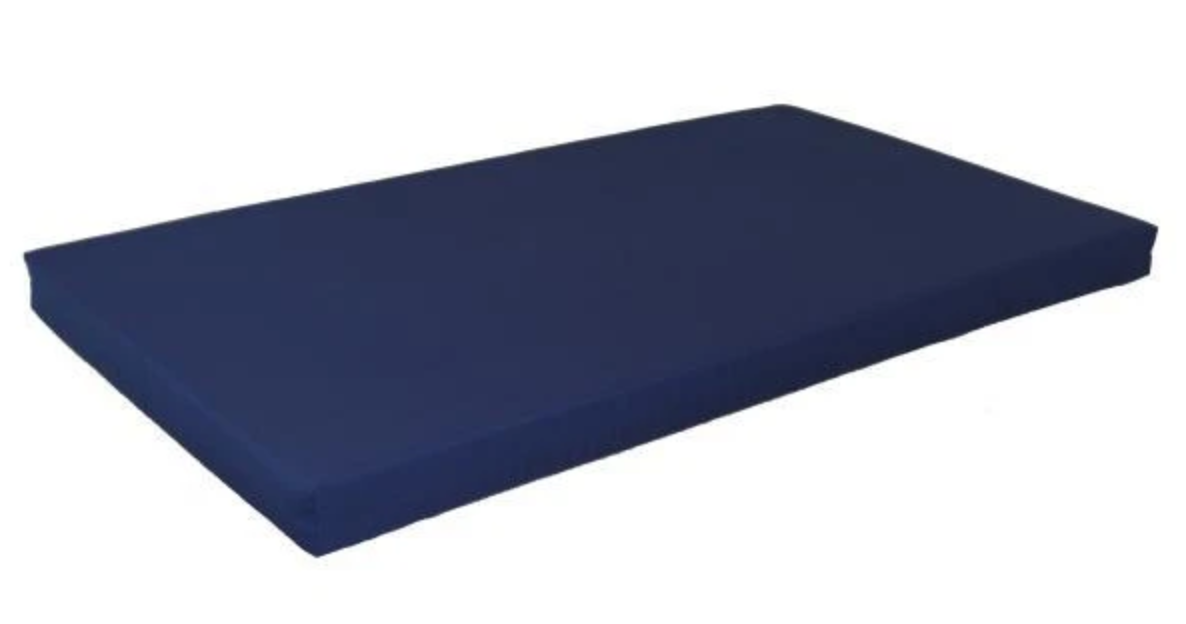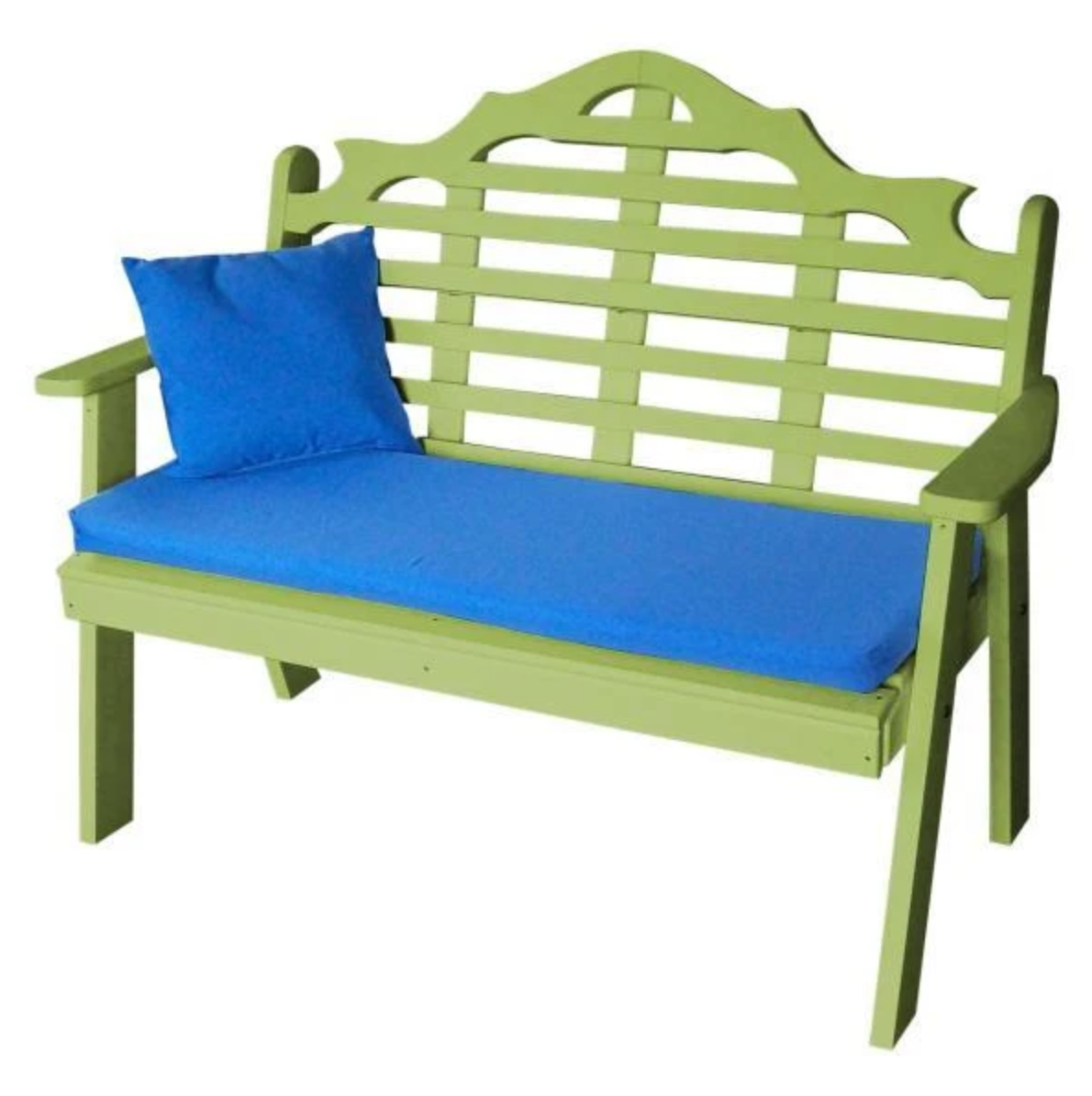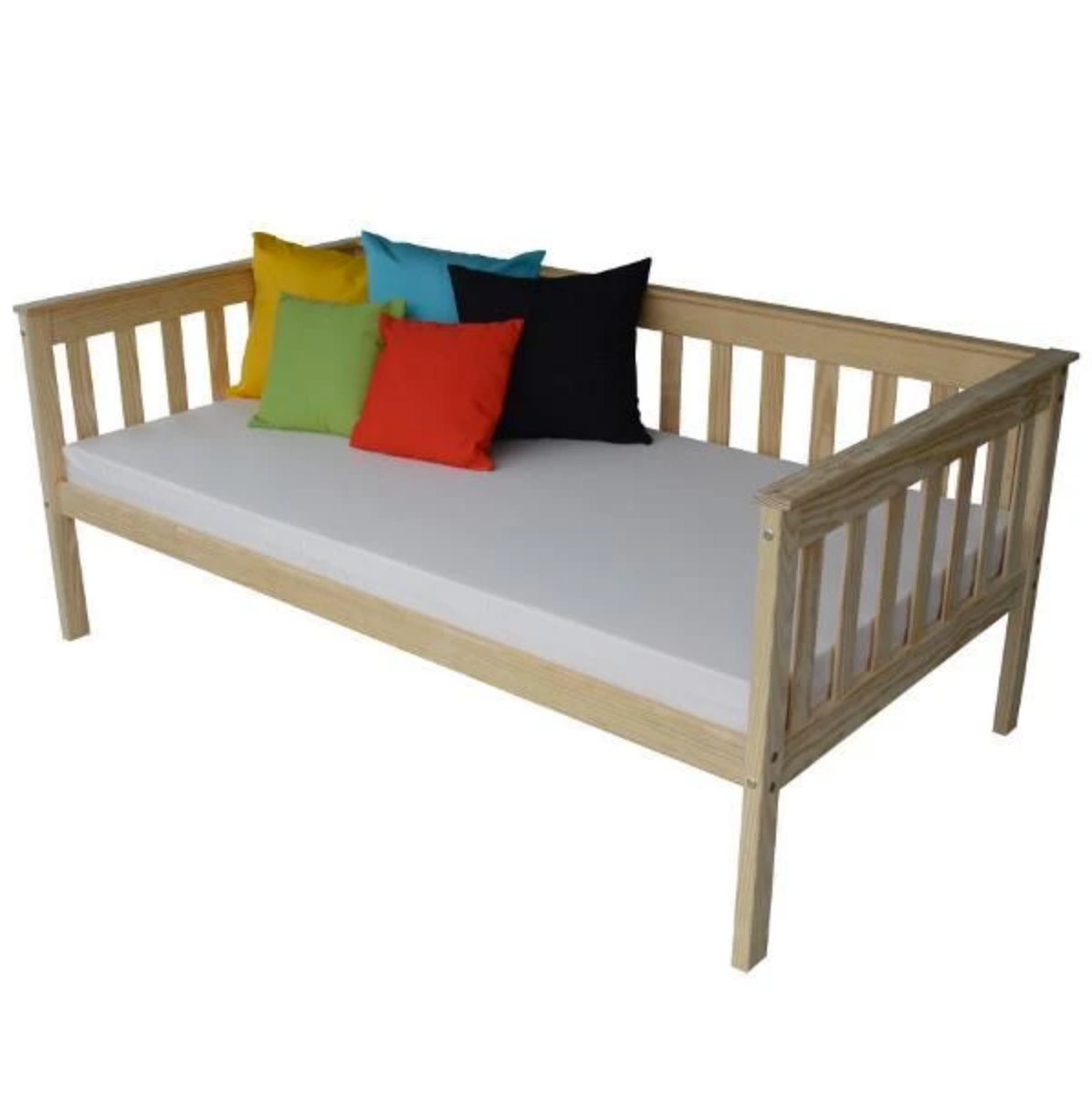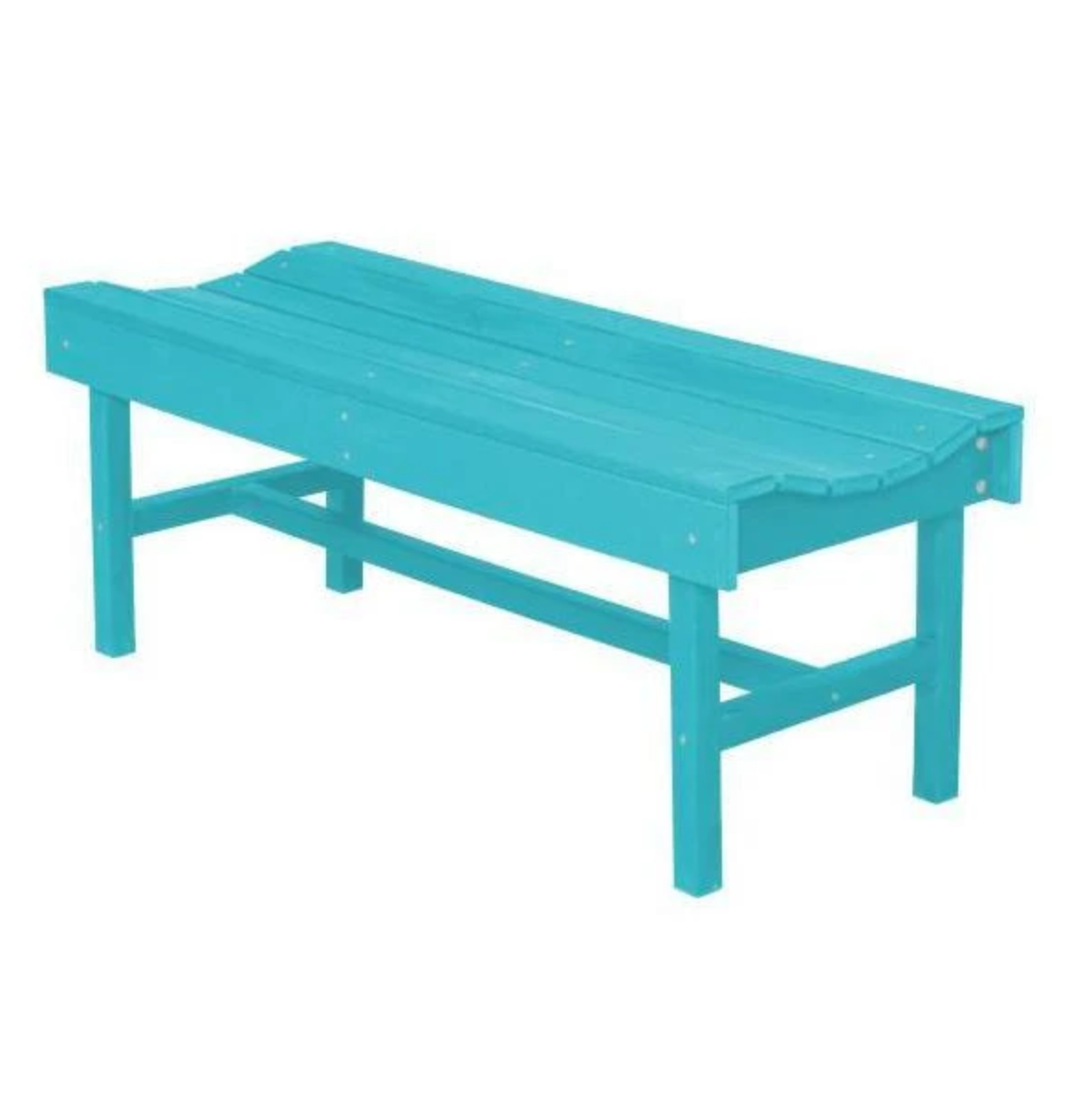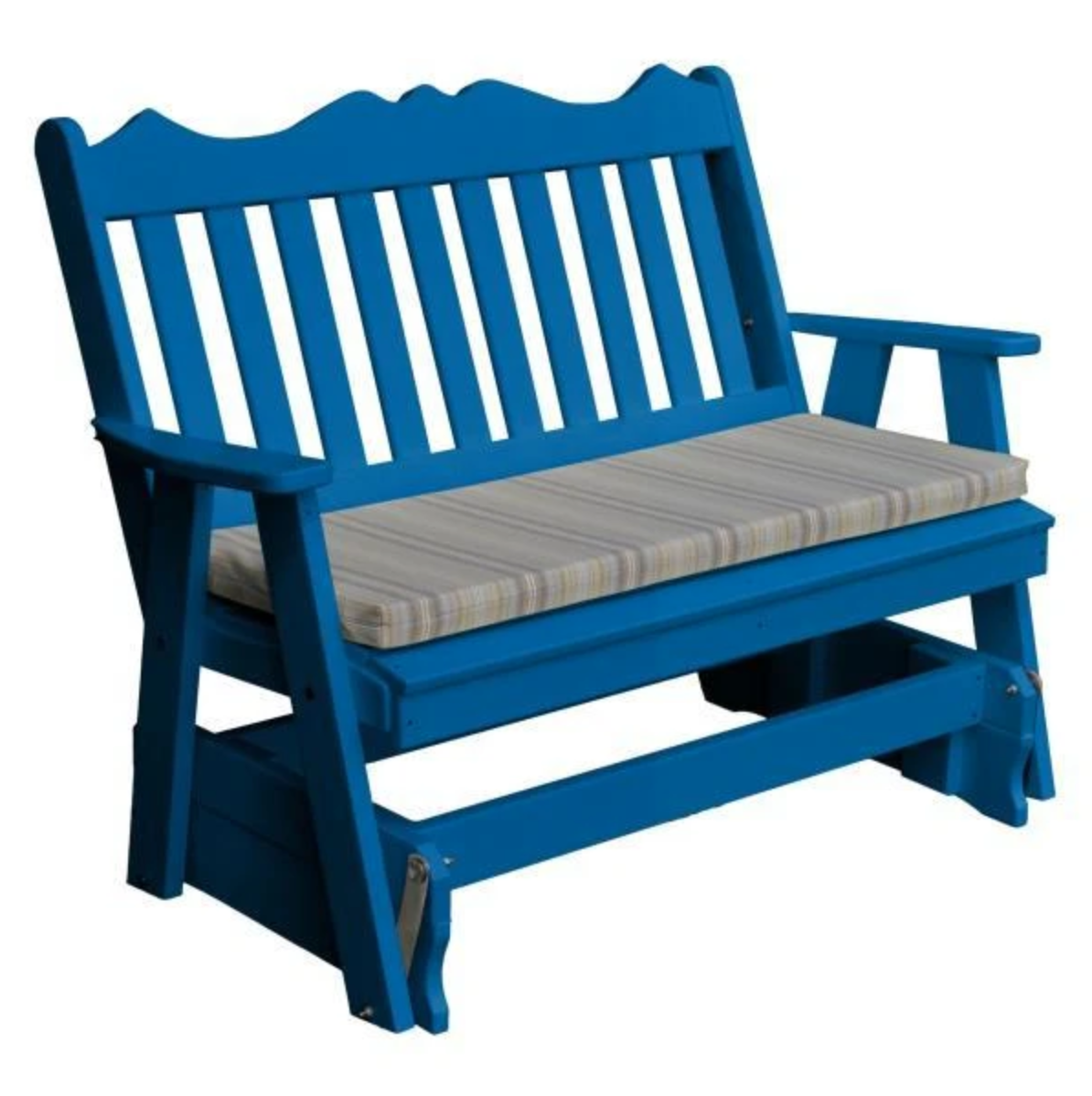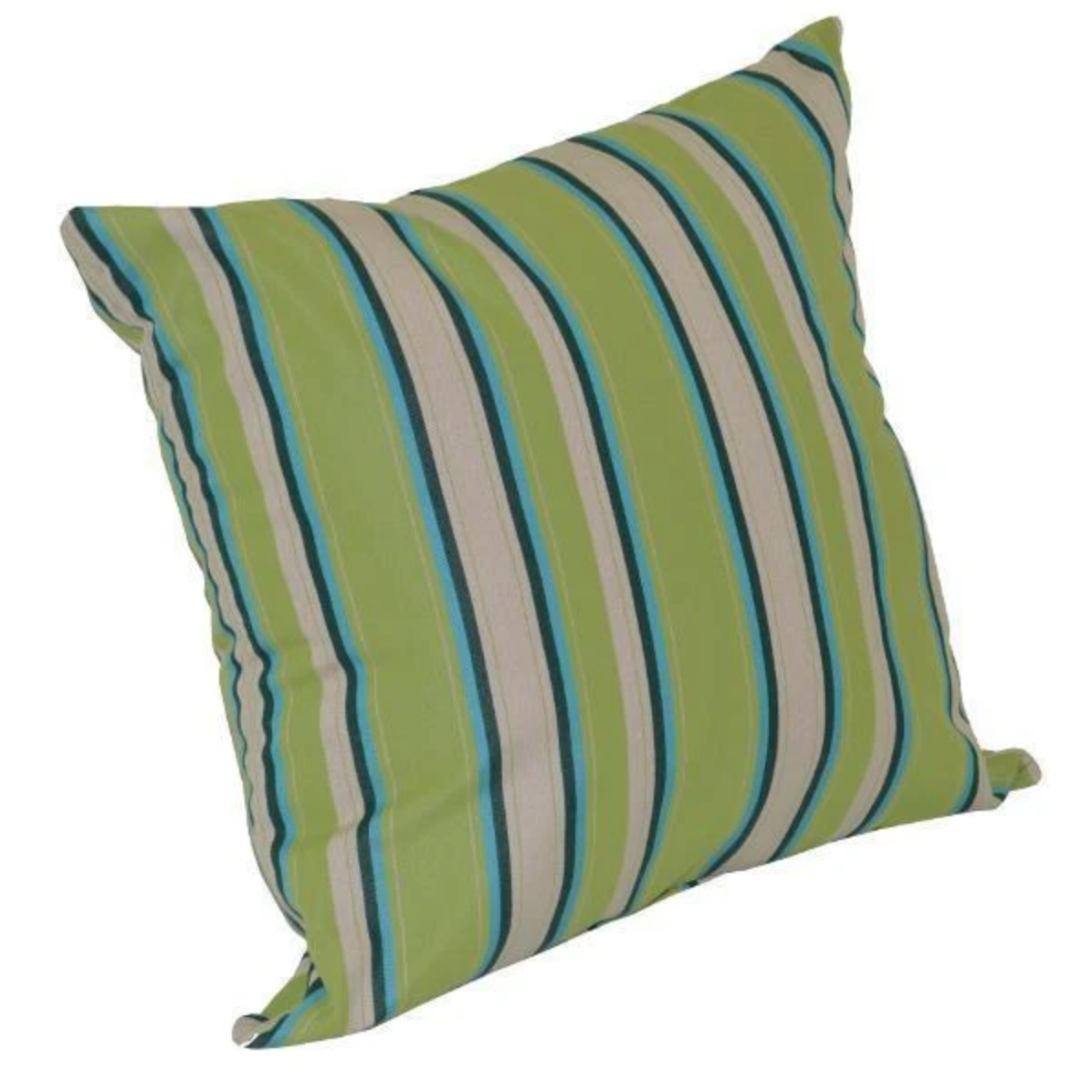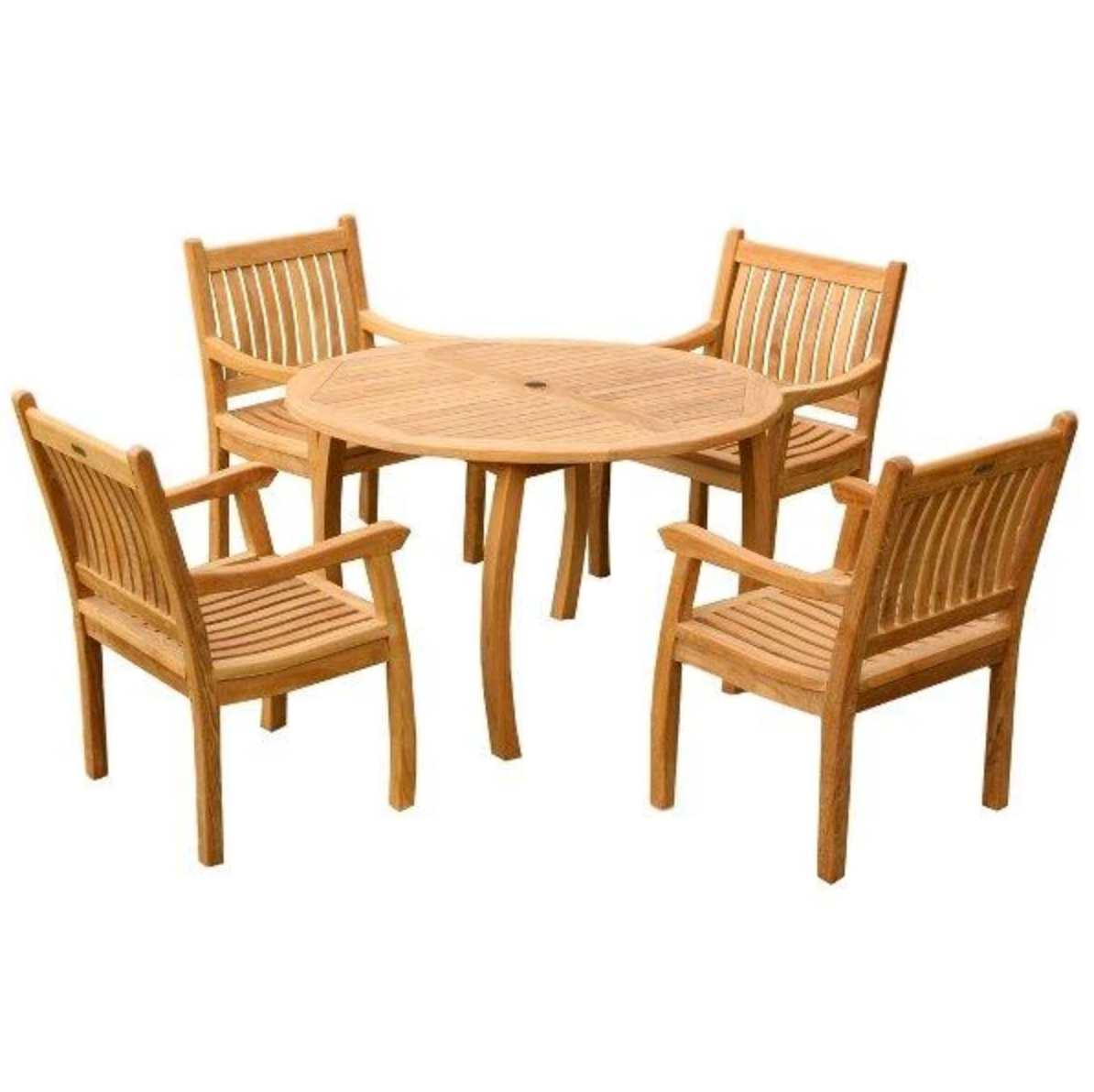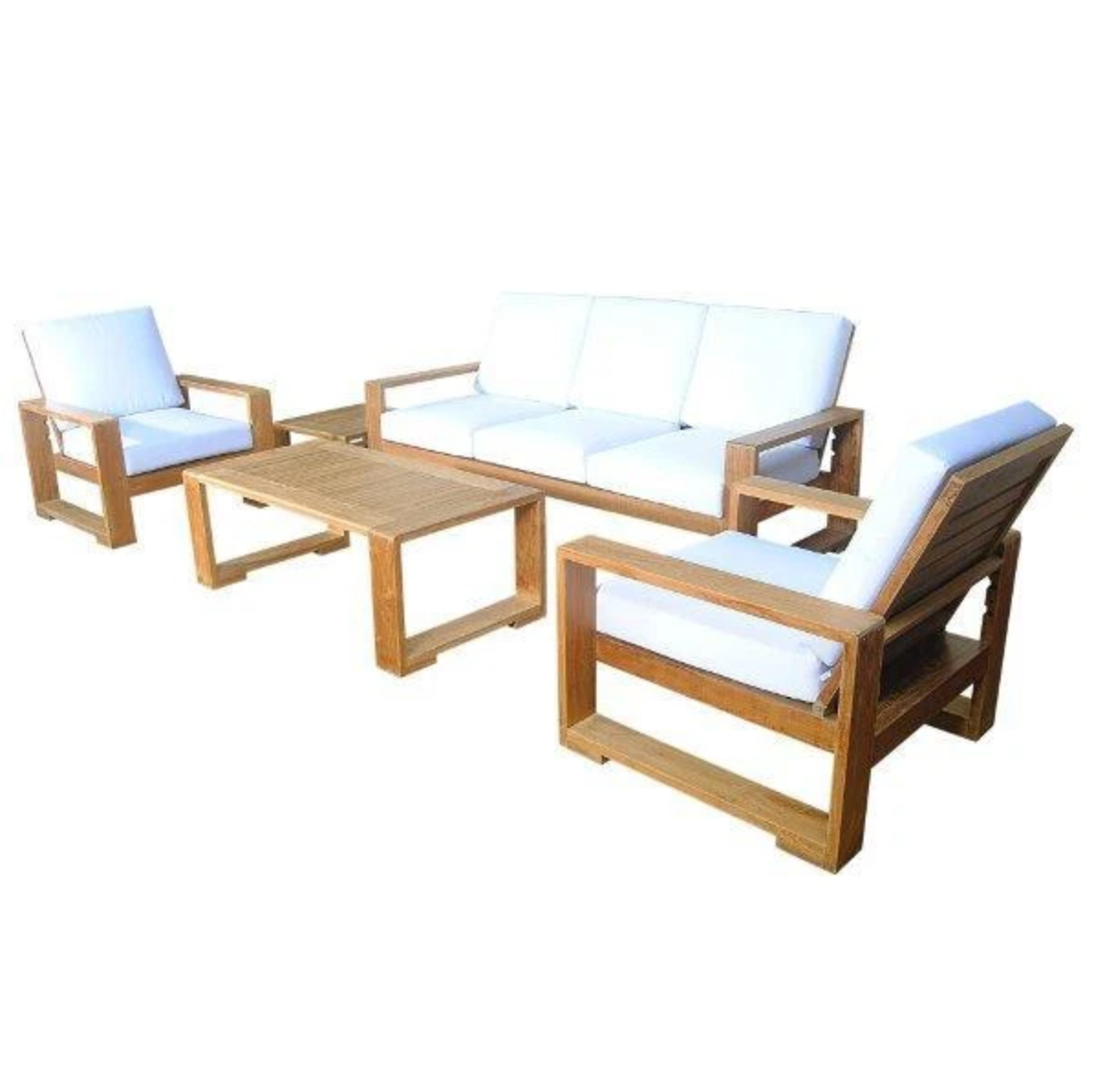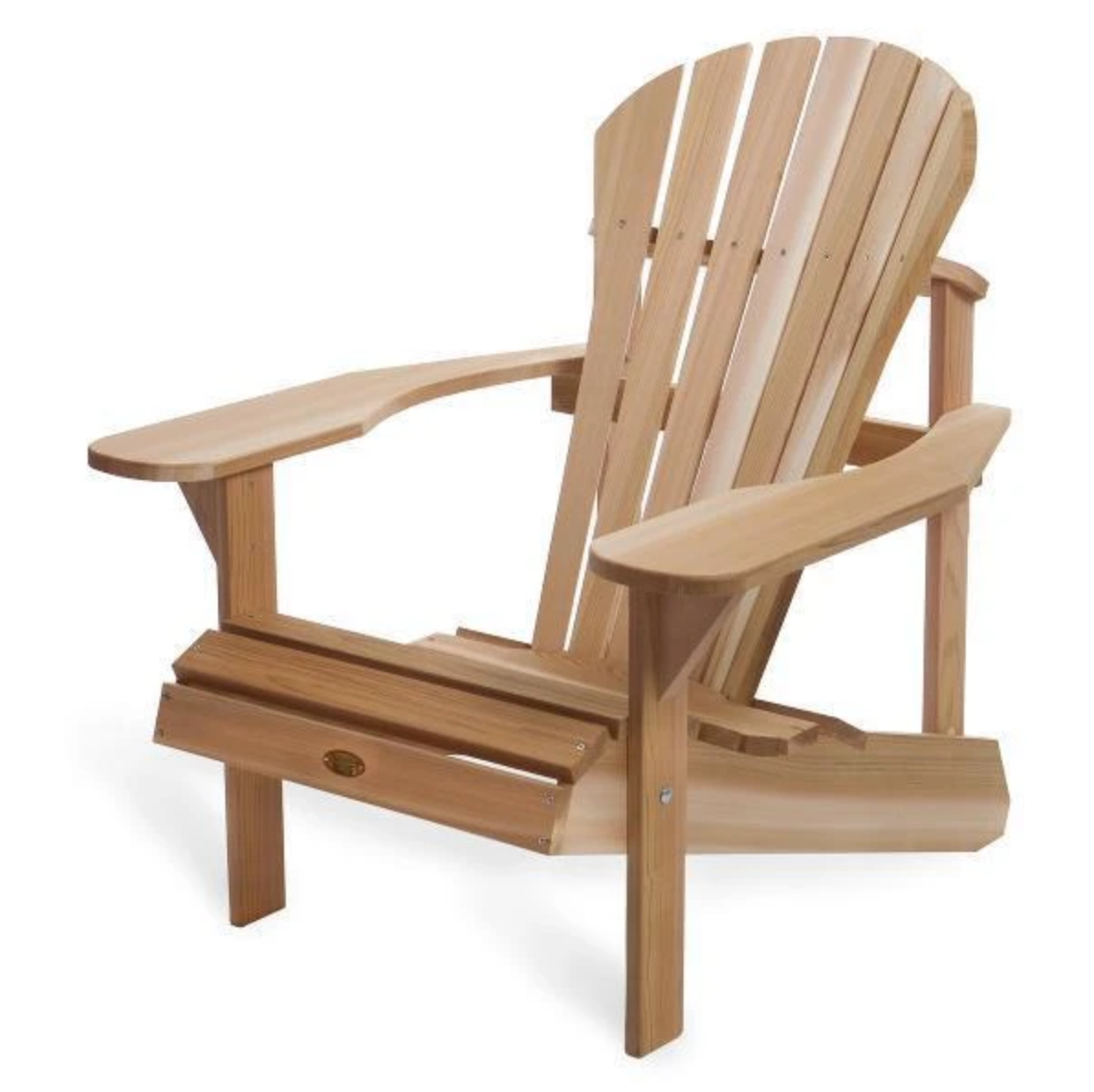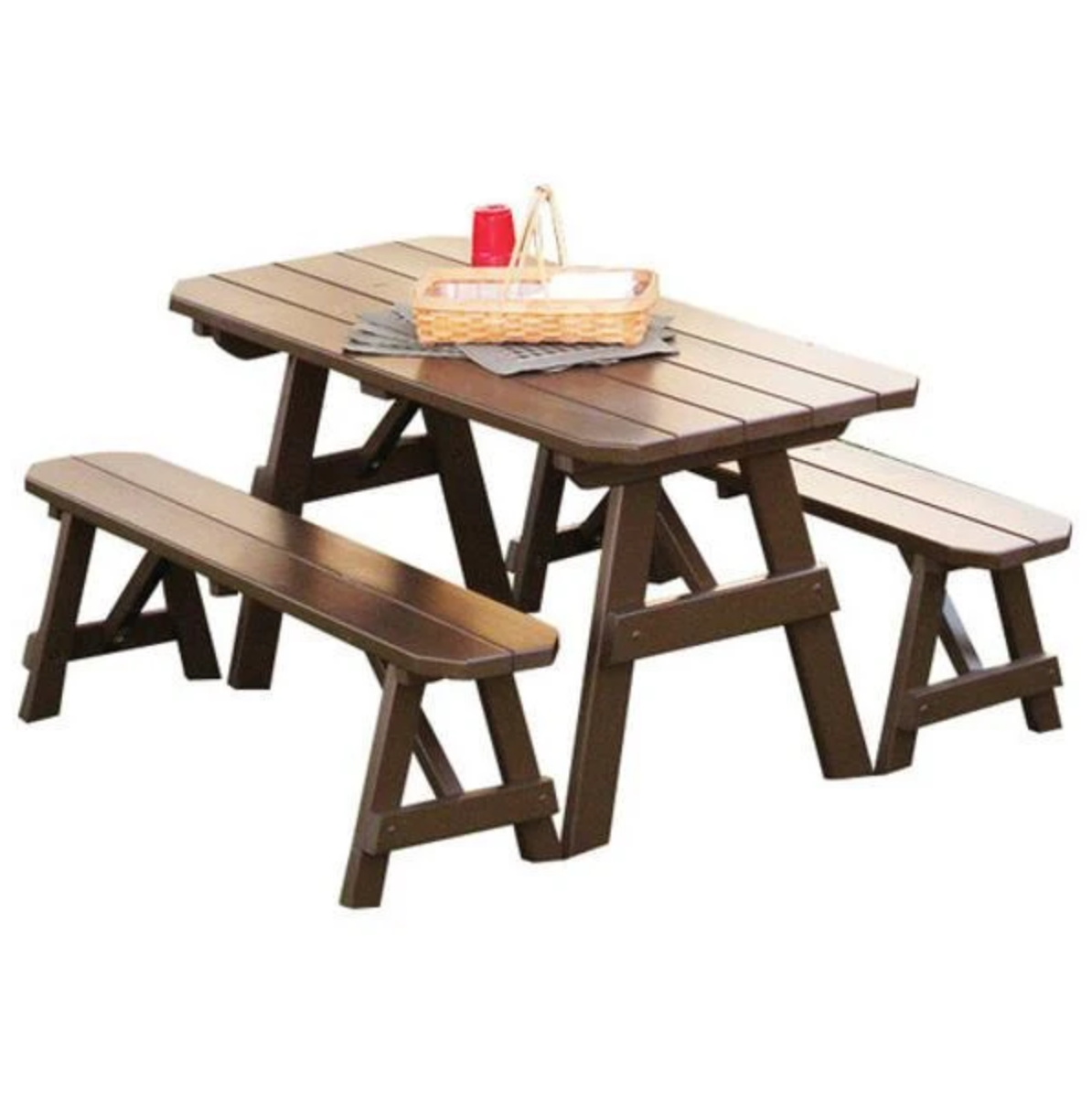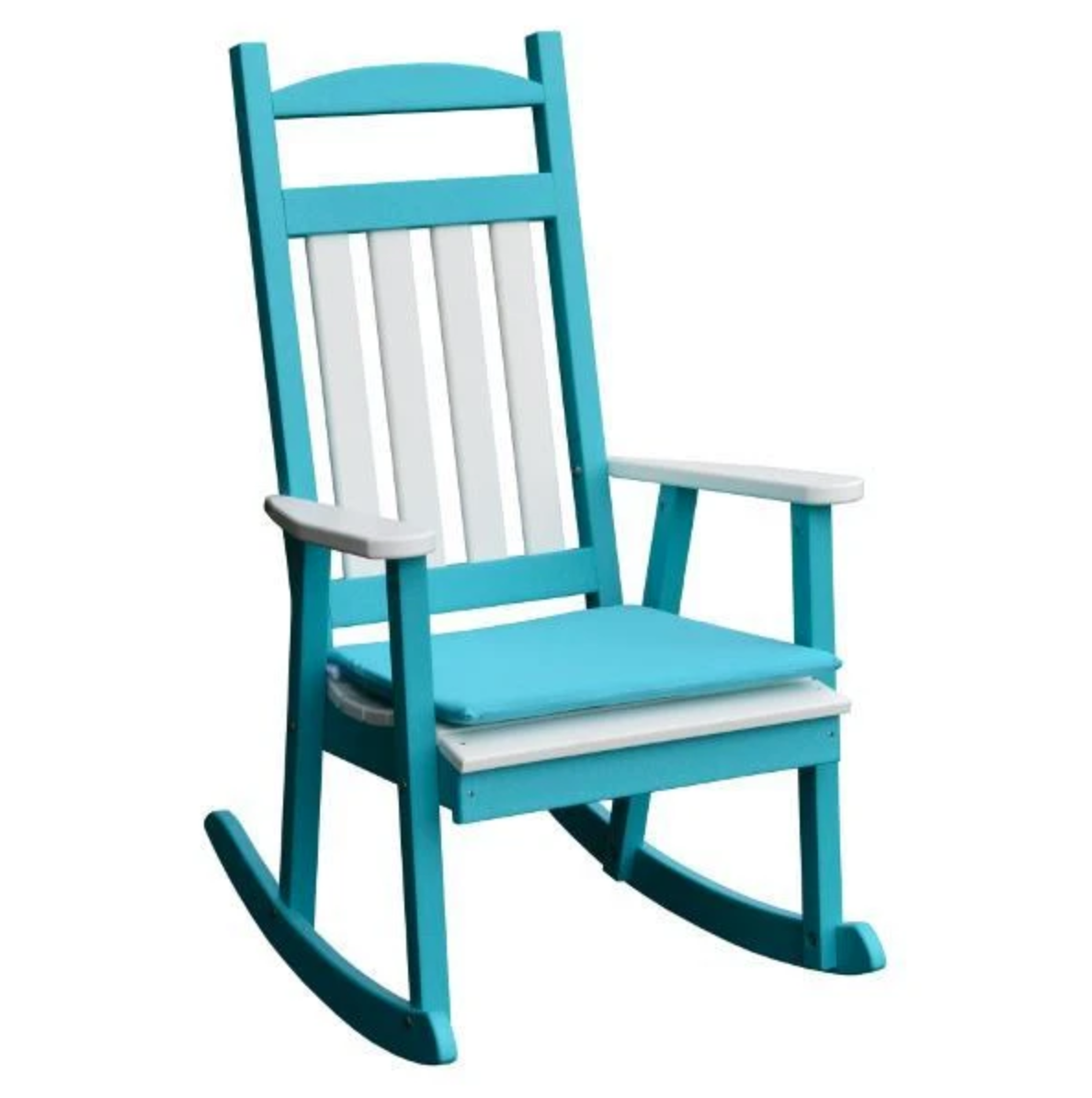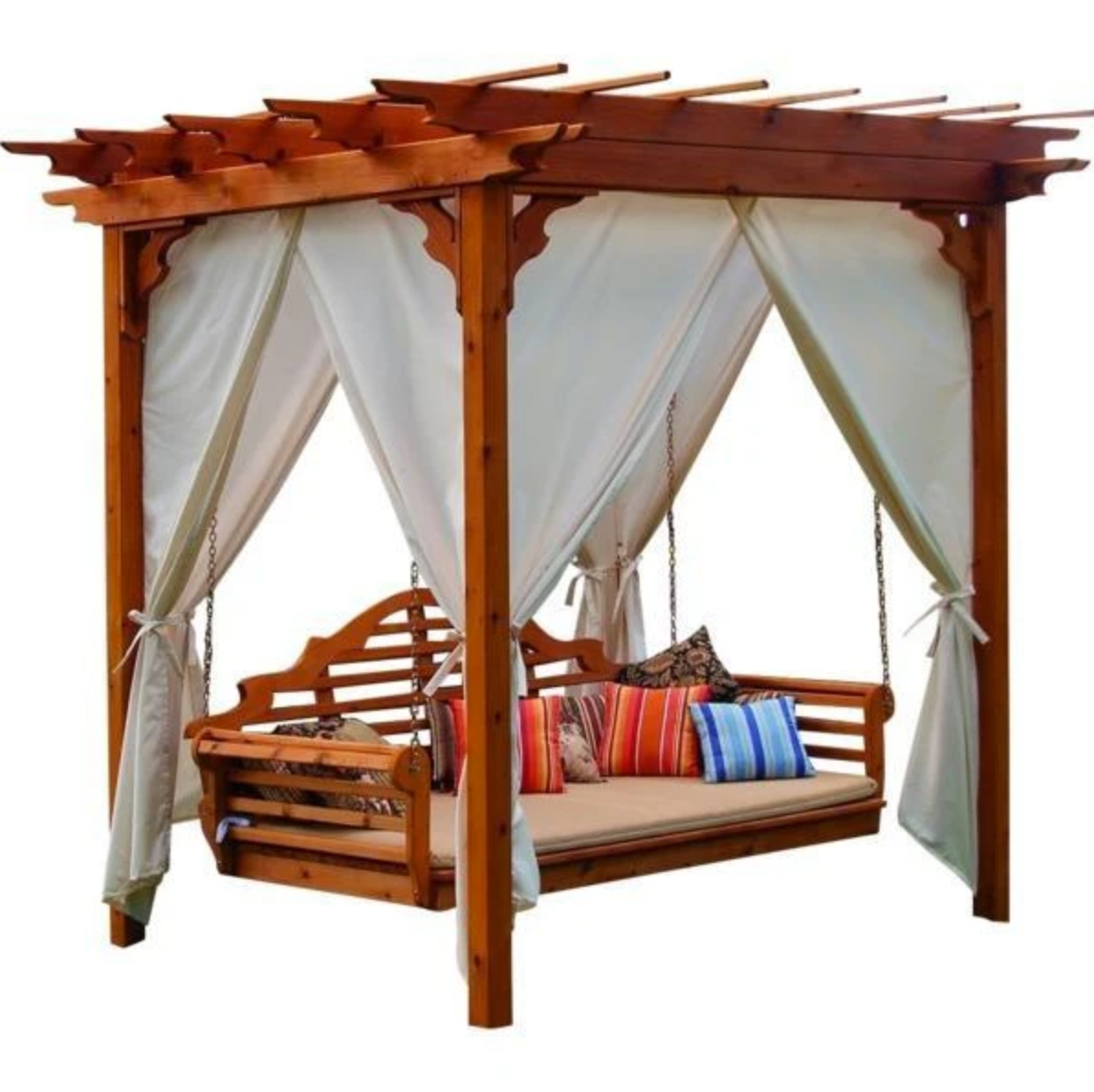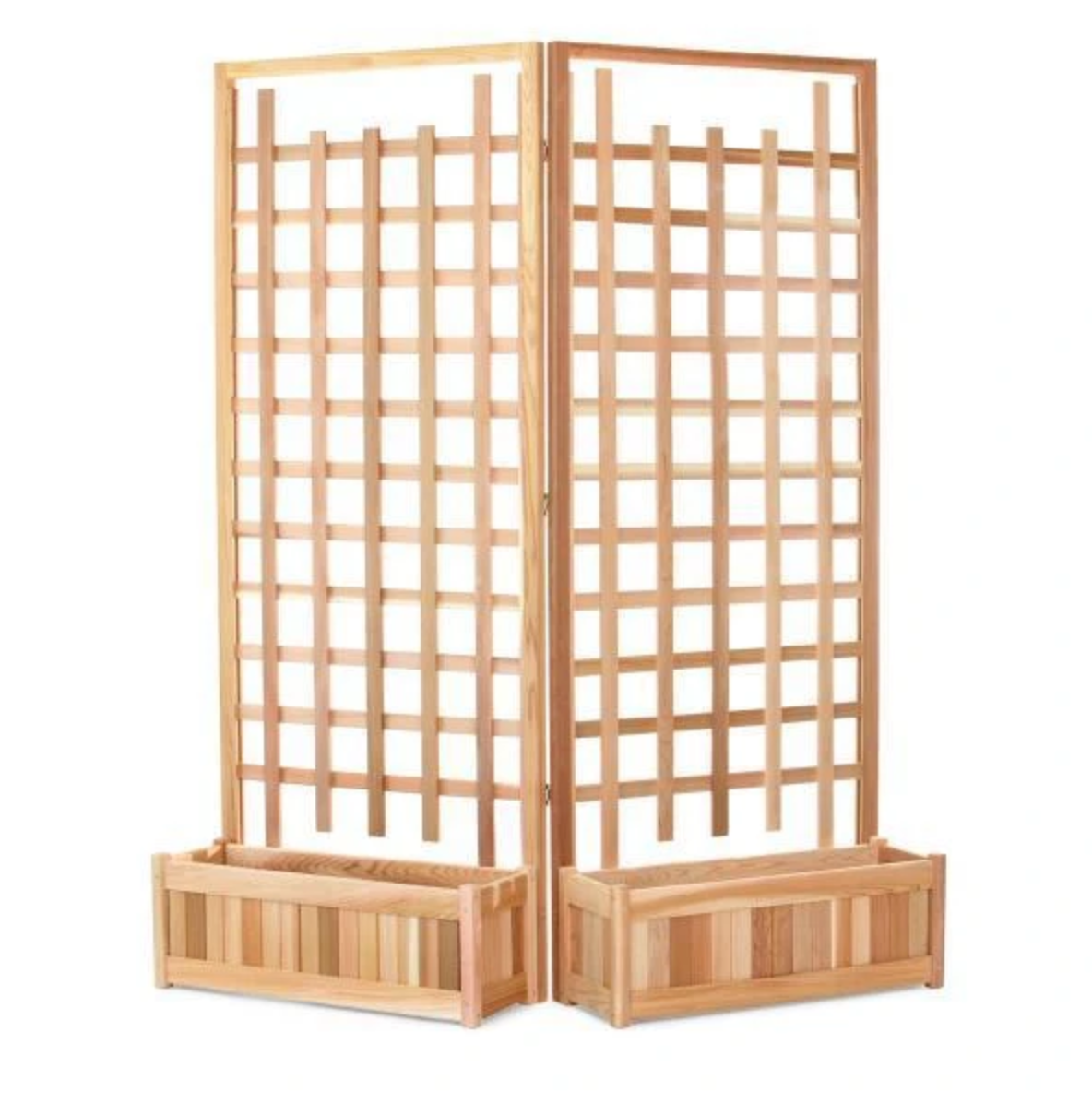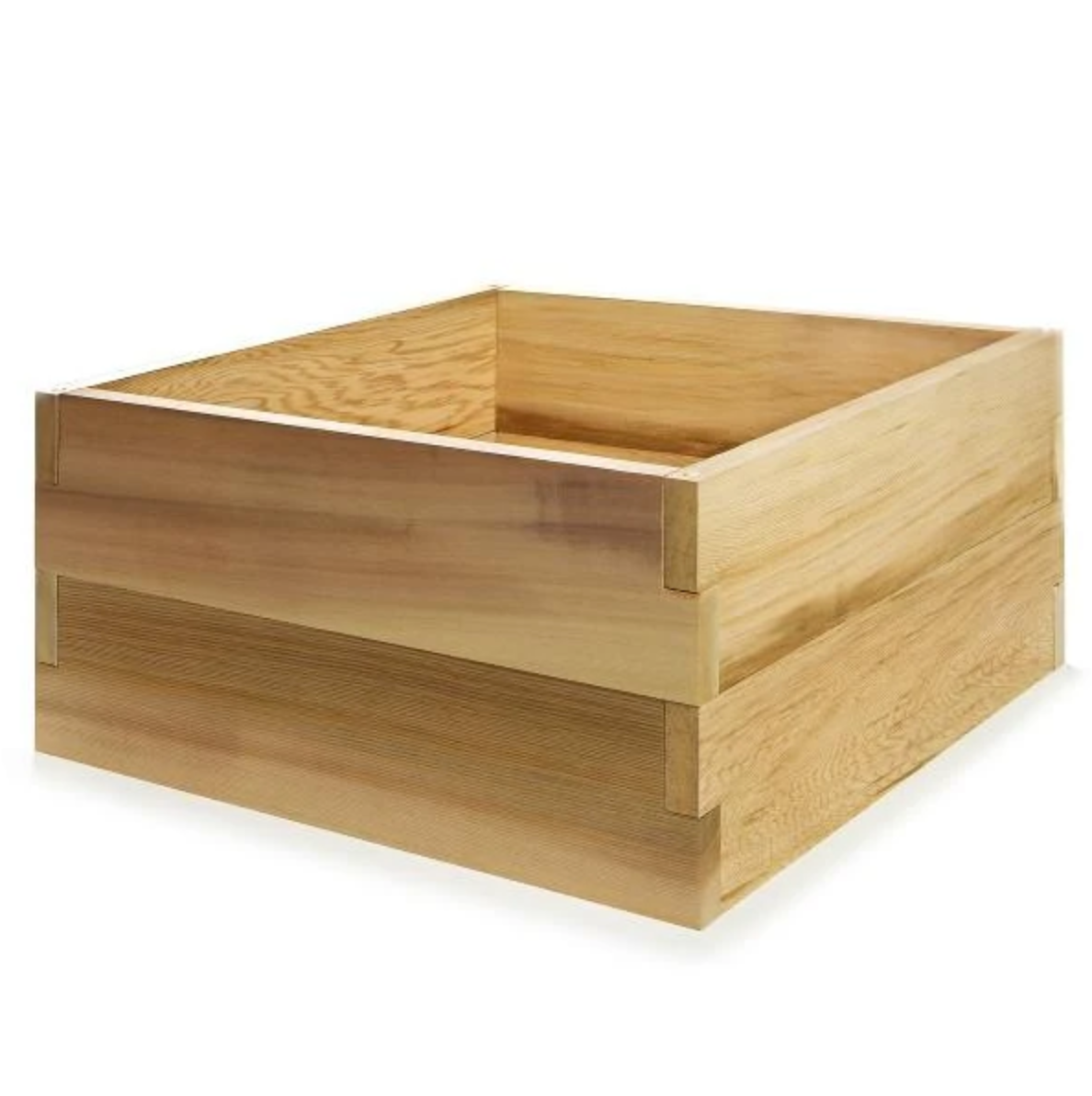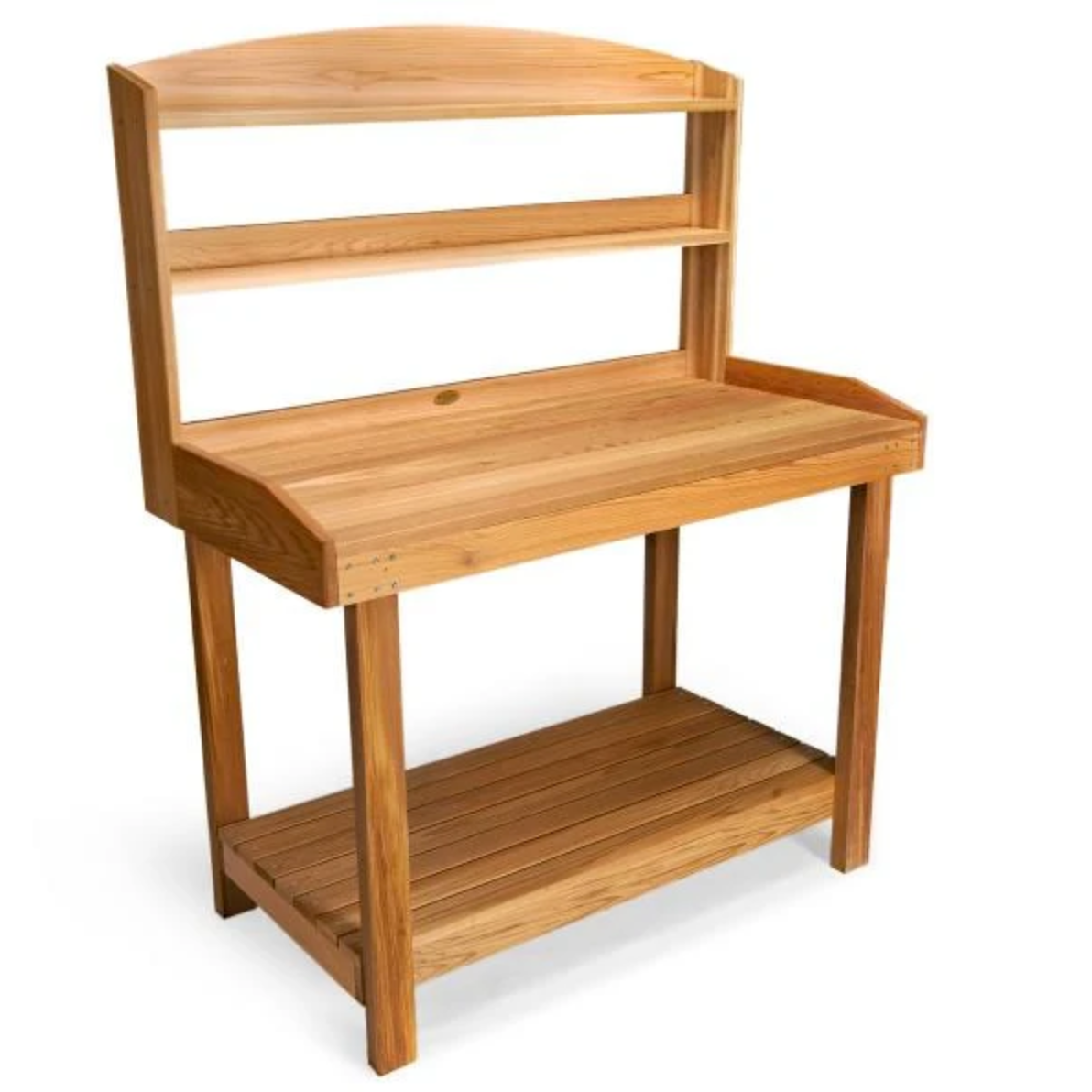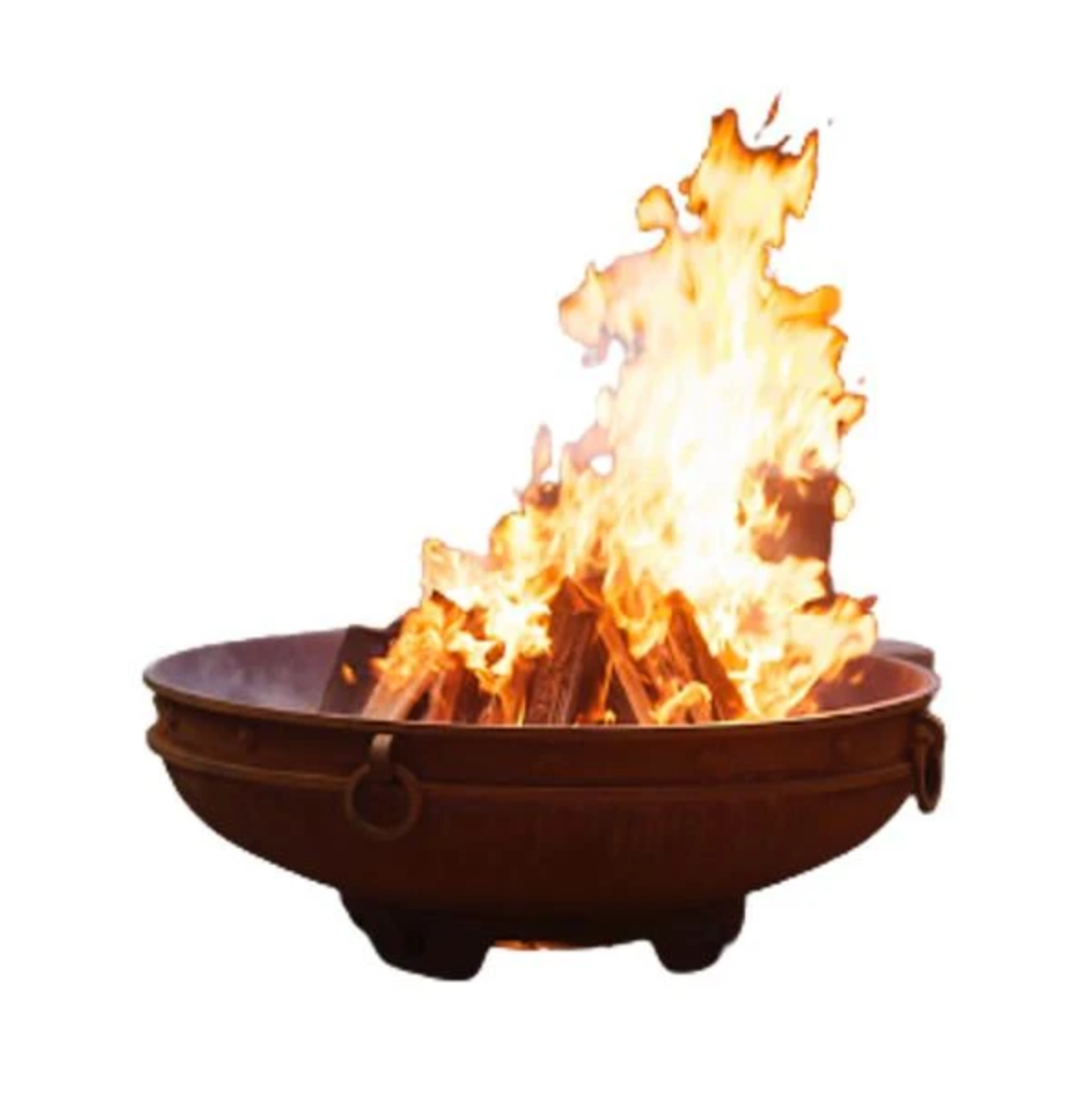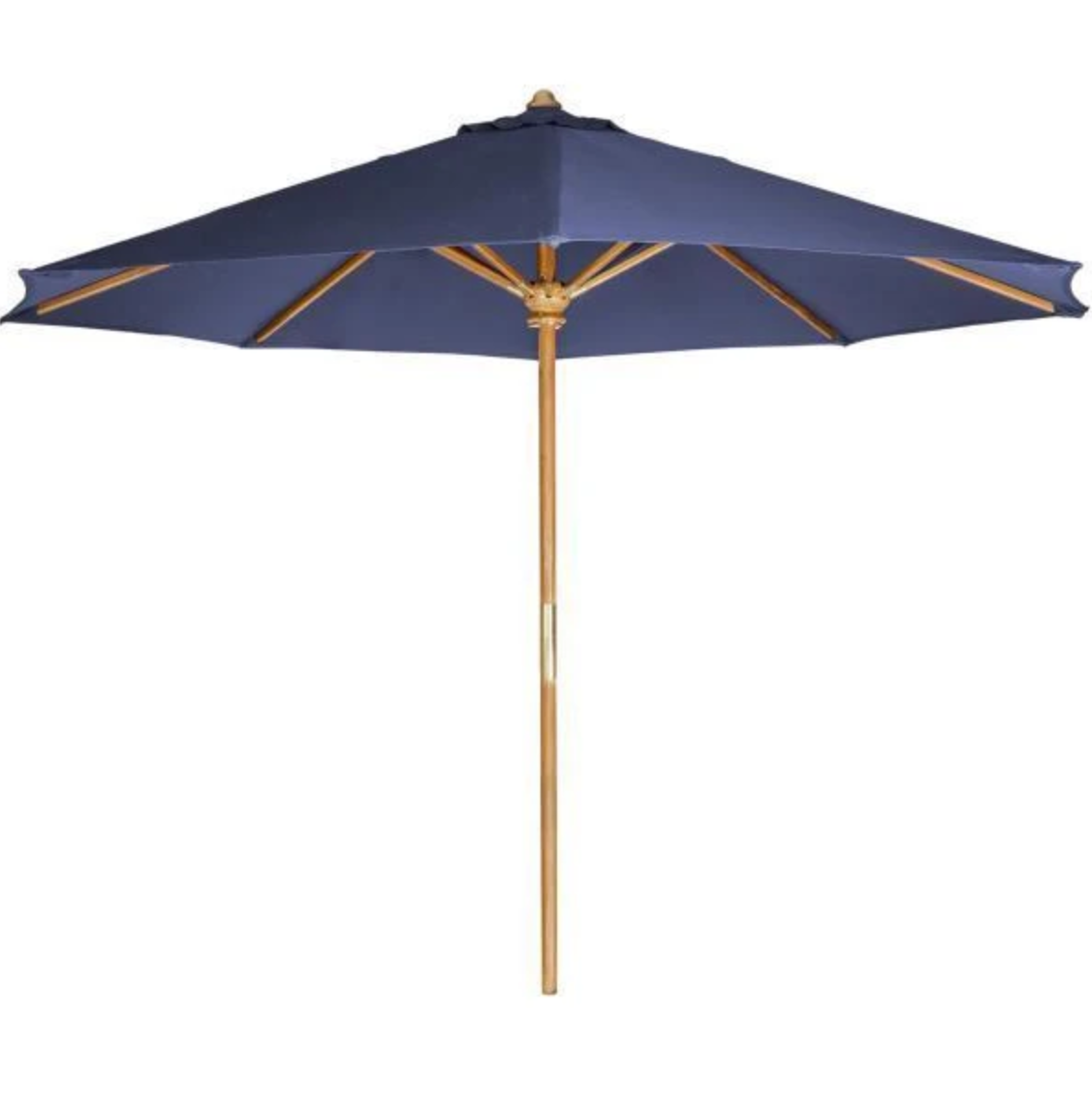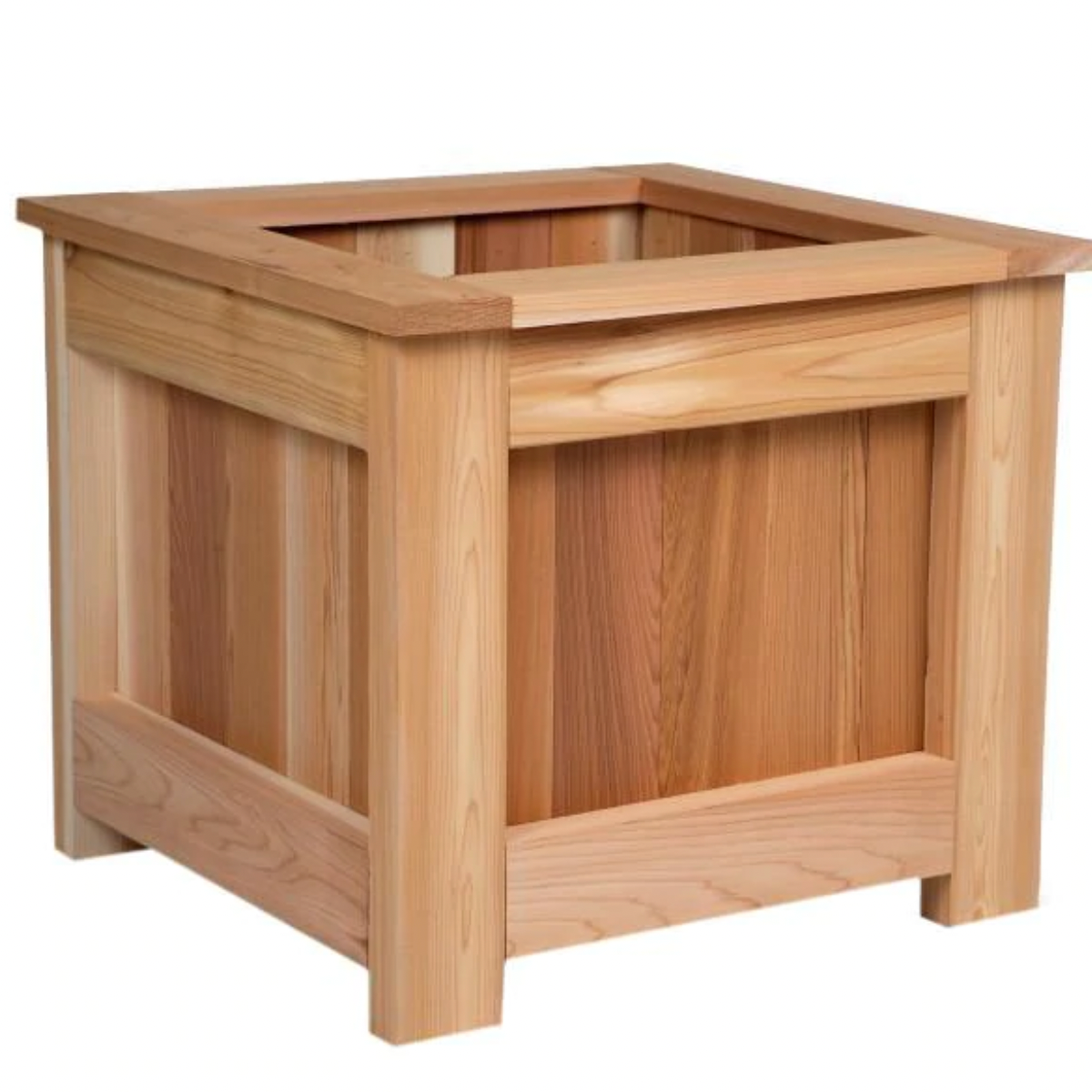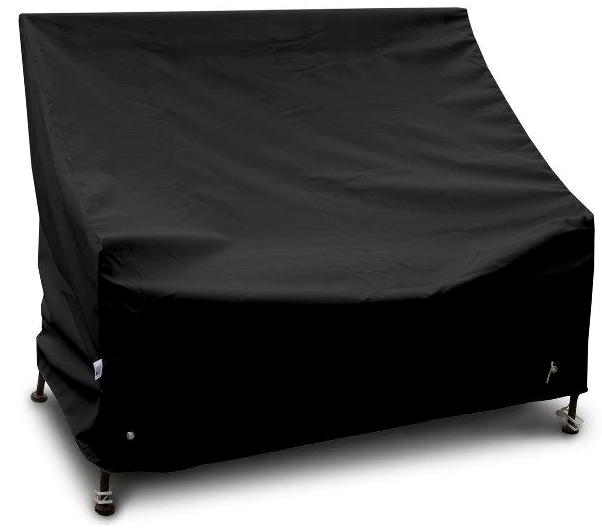Your Cart is Empty
FREE SHIPPING ON EVERY ORDER
Menu

FREE SHIPPING ON EVERY ORDER
Swings
Benches
Tables & Chairs
Home & Garden
History Of Western Red Cedar And The Quality Behind Them

Thuja Plicata, or most commonly known as the Western Red Cedar with its reputation for being aromatic, reliable, and durable, has found its way through many uses like construction, boat building, outdoor furniture, and even guitar soundboards. The Western Red Cedar has played a considerable role in Native Americans' lives, calling it the Tree of Life.
History Of Western Red Cedar
Tree of Life and The People of the Red Cedar
Thuja Plicata is native to the western part of North America, introduced to other temperate climate countries like Australia and New Zealand. It is a massive tree with a distinct aroma, and despite the name, it really isn't cedar and is instead a type of Cypress. The tree produces its thujaplicin, a chemical substance that is known to have anti-fungal and anti-bacterial properties. It's also said to be an anti-oxidant. Apart from being resistant to rain and salt-water, these distinct qualities are the reasons that made this lumber widely used for construction.
Native Americans valued the tree for the same qualities calling it the Tree of Life or Long Life Maker with some tribes dubbing themselves as People of the Red Cedar. They used the tree to create houses, totem poles, canoes, and even weapons. Its roots and bark are for making baskets, ropes, and clothing, while its flexible branches are for fishing lines.

Western Red Cedar for the Native Americans
Among the Coast Salish people, legend has it that there was once a generous man who gave everything the people needed. The Great Spirit saw this and promised the community that if this kind-hearted man dies, a red cedar tree will grow at the spot where he's buried, to continue to provide for the village.
Wood. The indigenous people would always perform a type of ceremony to appease the tree spirits before they harvest a tree. Before the introduction and invention of modern tools, taking a tree down was a time-consuming and challenging task. This process took days to complete. Then the tree is dragged to shore or the village. Many red cedar trees are obtained in this manner to follow and respect the art of felling, inherent that of the indigenous people.
For canoes, the tree would be divided into different sections and worked roughly into a canoe shape. For totem poles, the tree would be dragged to the village and again divided into sections. For planks used for housing or furniture like outdoor benches or beds, instead of cutting down the entire tree, the bark is stripped instead, and cuts will be made at the end of the planking and slowly split from the sides of the tree. As red cedar is resistant to decay, it will continue to endure even after its bark is stripped and cut.
The branches of the tree are used as fishing lines, rope, and twine due to its flexibility. In comparison, some indigenous people prefer to use modern fiber and nylon, some value the worth of the red cedar branches and continue to use it in their everyday lives.
Bark. The bark of the red cedar tree produces mats, ropes, baskets, clothing, and other soft items. The people take great care in harvesting the bark because the tree dies when it is completely stripped. Evidence of bark stripping is seen in many Culturally Modified Trees (CMT) in some parts of British Columbia in Canada.

Legal Status and Conservation
Western Red Cedar isn't for export outside the United States. It is also present in several protected areas in national parks across the US and Canada.
Modern Uses
Today, red cedar is mostly used outdoors because of the anti-fungal properties that make it resistant to rot and decay. Its wood grain is inherently gorgeous, knotty, grainy, and warm. It makes lovely ceilings and decks as well as structural components like pergola posts, beams, and joinery. Fencing and tongue & groove (T&G) flooring also make use of the wood and pergolas for swings, sidings, and house panels.
True to the legend, the tree remains useful and still gives everyone, including non-indigenous people, what they need.
Also in News
US
United States
Jan 02, 2026 00:08
Product Tag :
Product Collection :
×
